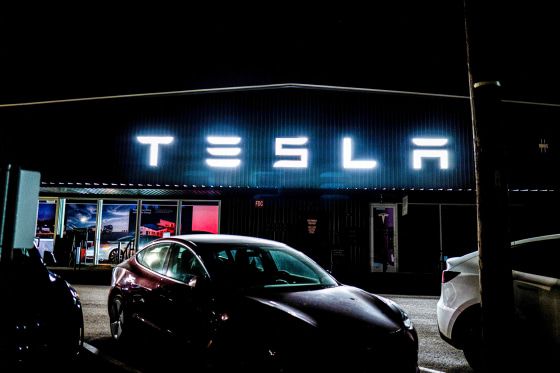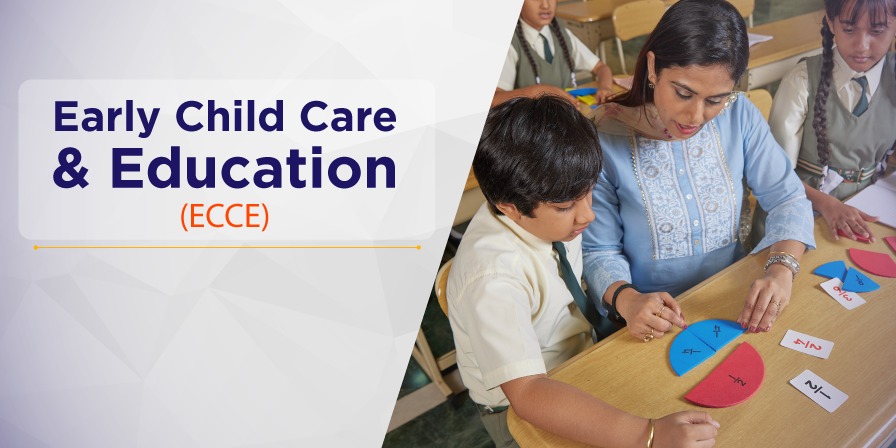 Image Source: NBC News
Image Source: NBC News
In a landmark legal decision, a federal jury in Miami has found Tesla partially responsible for a fatal crash in 2019 involving its Autopilot driver-assistance technology. This verdict marks one of the first major rulings holding Tesla liable in relation to its semi-autonomous driving systems. The family of the deceased and an injured survivor were awarded a combined $329 million in damages, including $200 million in punitive damages. This outcome intensifies scrutiny on Tesla’s driver-assistance features and raises serious questions about their safety and corporate responsibility.
Key Highlights of the Case and Verdict
The collision occurred in Key Largo, Florida, when George McGee was driving a Tesla Model S equipped with Tesla’s Enhanced Autopilot.
During the incident, McGee reportedly dropped his mobile phone and attempted to retrieve it, assuming the Autopilot system would apply brakes if an obstacle was ahead.
Instead, the vehicle accelerated through an intersection at over 60 miles per hour, collided with a parked SUV, and struck Naibel Benavides Leon, a 22-year-old woman who died at the scene.
Benavides Leon’s boyfriend, Dillon Angulo, was also hit and survived with severe injuries including multiple fractures and traumatic brain injury.
The jury apportioned two-thirds of the blame to the driver McGee, and one-third to Tesla, emphasizing partial corporate liability.
Tesla’s Autopilot failed to brake or alert the driver in time to prevent the crash.
Background and Trial Details
The three-week civil trial, progressing under the Southern District of Florida, brought forth testimony from the injured survivor, family members of the deceased, and the Tesla driver. The plaintiffs’ attorneys argued that Tesla designed and programmed its Autopilot technology to be used on roads unsuitable for such features, knowingly allowing collisions to occur. They portrayed Tesla’s Autopilot as defective and unsafe for typical road conditions.
Tesla’s defense hinged on blaming the driver, characterizing the case as the result of driver error and distraction rather than system malfunction. Tesla’s lawyers contended that the driver pressed the accelerator, overriding the vehicle’s preset speeds and automatic braking. Tesla points to its Autopilot warnings and disclaimers, emphasizing the need for active driver attention with hands on the wheel at all times.
Significance of the Verdict
This legal ruling is among the first authoritative court decisions to find Tesla partly accountable for crashes involving Autopilot, setting precedent for future claims.
The substantial punitive damages reinforce concerns about Tesla’s development and deployment practices for driver-assistance technologies.
The case underscores the ongoing tension between Tesla’s marketing of semi-autonomous capabilities and real-world safety outcomes.
Tesla maintains that Autopilot improves overall road safety when used correctly but faces mounting criticism over user misunderstanding and system limitations.
Broader Context of Tesla’s Driver Assistance Technology Litigation
Tesla has faced multiple lawsuits linked to crashes involving its Autopilot and Full Self-Driving (FSD) features. Previously, Tesla settled a wrongful death lawsuit in California related to a 2018 Model X crash involving Apple engineer Walter Huang. Investigations by the National Transportation Safety Board and the National Highway Traffic Safety Administration have flagged shortcomings in Tesla’s systems, such as delayed or absent collision warnings and emergency braking failures.
Regulatory scrutiny continues, with the NHTSA investigating millions of Tesla vehicles equipped with FSD software following several collisions, including recent fatalities. Tesla CEO Elon Musk remains vocal about the company's commitment to reducing road fatalities overall but faces legal and public relations challenges amid rising accident reports and lawsuits.
What Lies Ahead for Tesla
The $329 million damages award and verdict partial liability could inspire other plaintiffs to pursue claims related to Tesla’s driver-assistance systems.
Tesla is under pressure to improve safety mechanisms, clarify driver responsibilities, and manage user expectations.
Regulatory bodies are expected to intensify oversight and possibly mandate recalls or system modifications.
Meanwhile, Tesla plans progress on fully autonomous vehicles and robotaxi deployments, but must address unresolved safety controversies to gain broader acceptance.
This case serves as a critical moment for Tesla and the entire automotive industry regarding the risks and accountability tied to advanced driver-assistance technologies on public roads.
Sources:TechCrunch, CNBC, Reuters, Washington Post
Advertisement
Advertisement






